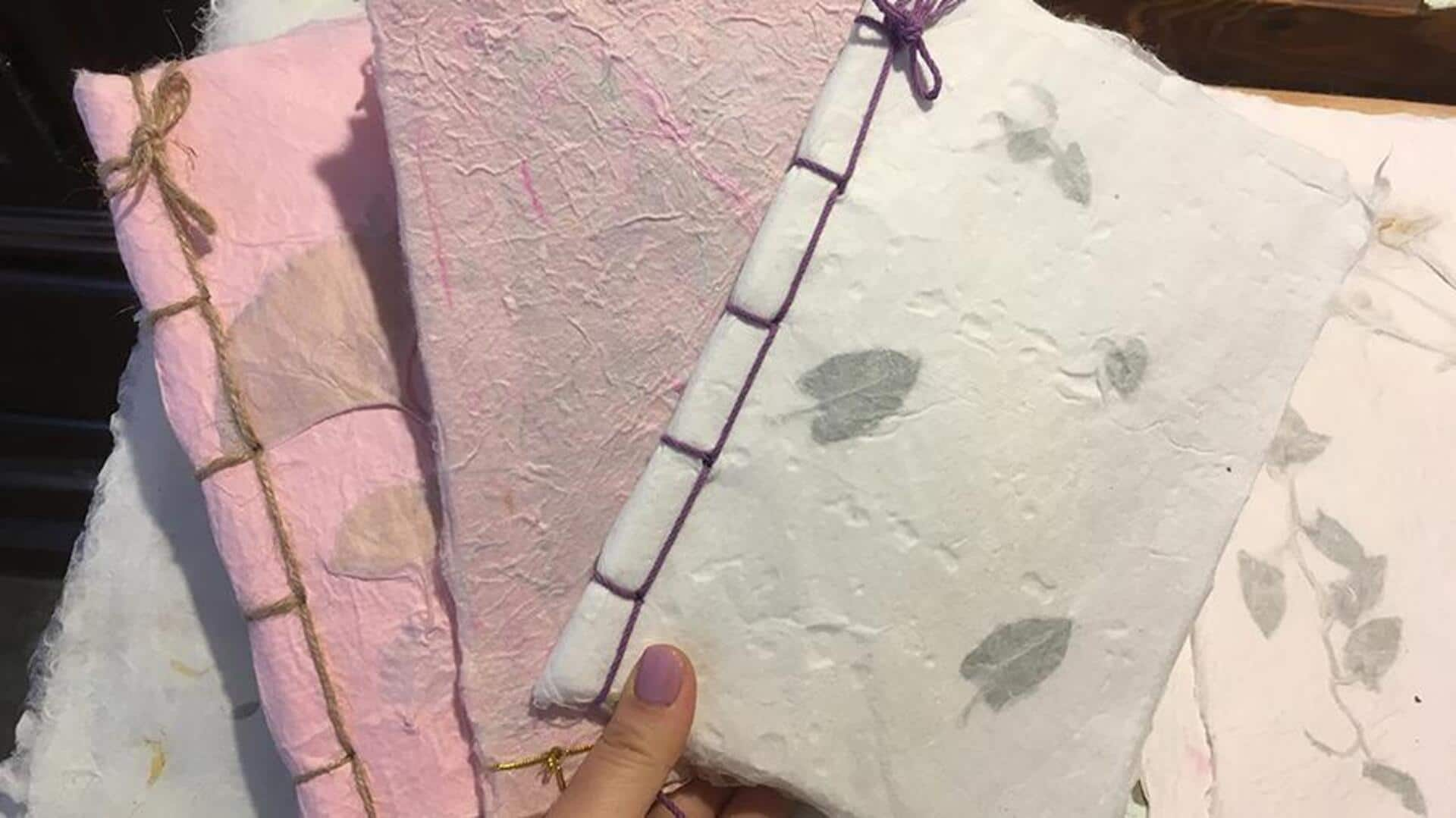
Exploring Korea's paper art traditions
What's the story
Korea's paper art traditions are a fascinating mix of history, culture, and craftsmanship. Passed down through generations, these traditions beautifully showcase the intricate skills and creativity of Korean artisans. From the making of hanji paper to its use in various art forms, these practices highlight the importance of paper in Korean culture. Here's a look at some key aspects of Korea's paper art traditions.
Hanji making
The crafting of Hanji paper
Hanji is a traditional Korean handmade paper, which is known for its durability and versatility. It is made out of the inner bark of mulberry trees, which are plentiful in Korea. The bark is soaked, steamed, and pounded to create a pulp. The pulp is then spread onto screens to dry. This labor-intensive process produces a strong yet flexible paper. It can be used for a number of purposes.
Cultural applications
Traditional uses of Hanji
Historically, hanji has been used for writing documents, creating books, and making clothing items like shoes and hats. Its strength makes it suitable for everyday use as well as artistic endeavors. Apart from practical applications, hanji has been employed in ceremonies and rituals due to its symbolic purity.
Contemporary art forms
Modern adaptations in art
Over the past years, artists have experimented with new ways to include hanji in contemporary art forms. Be it as a medium for painting or sculpture or incorporated with other materials such as fabric or metal, these modern-day adaptations highlight how versatile hanji is, while maintaining the traditional techniques.
Cultural heritage
Preservation efforts
To make sure Korea's paper art traditions continue to blossom for generations, relentless efforts are being made. Education programs and exhibitions are being organized to highlight their historical importance. These initiatives also aim to work with artisans, teaching them to pass on their invaluable skills. Such endeavors also target raising awareness about Korea's one-of-a-kind cultural heritage, both in the country and at a global level.